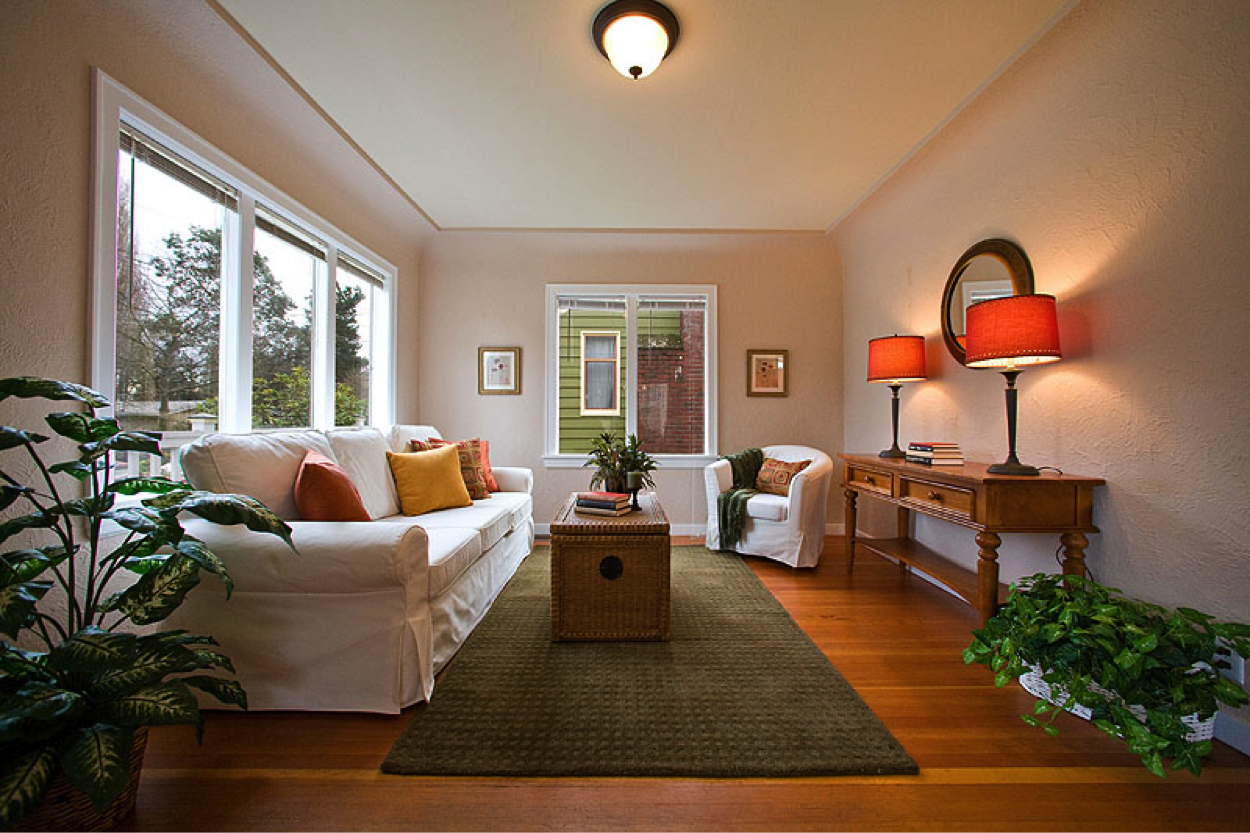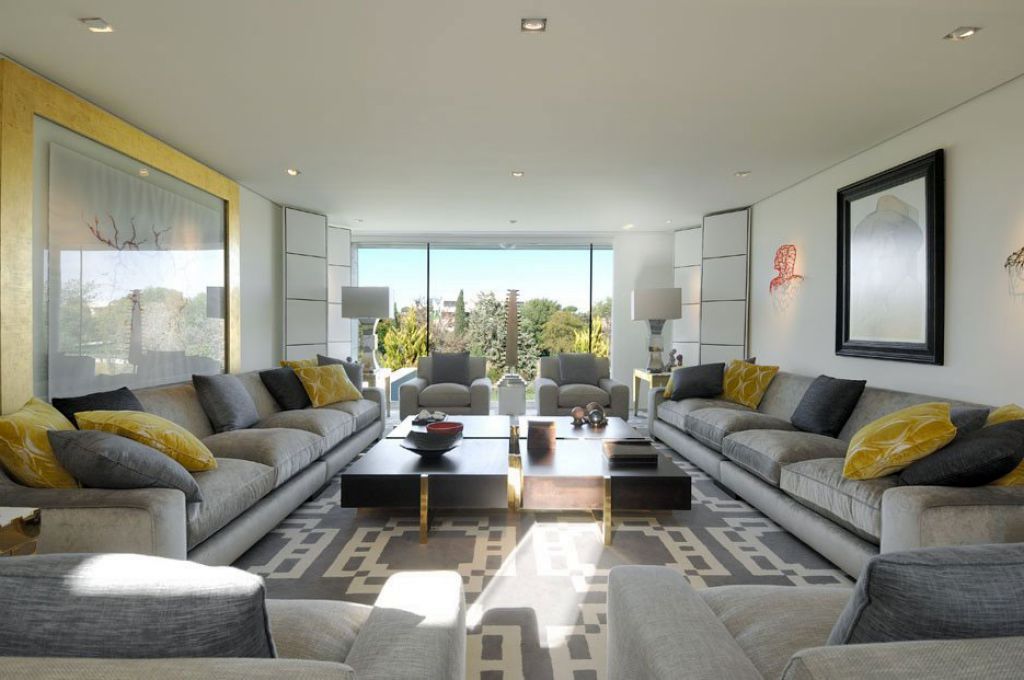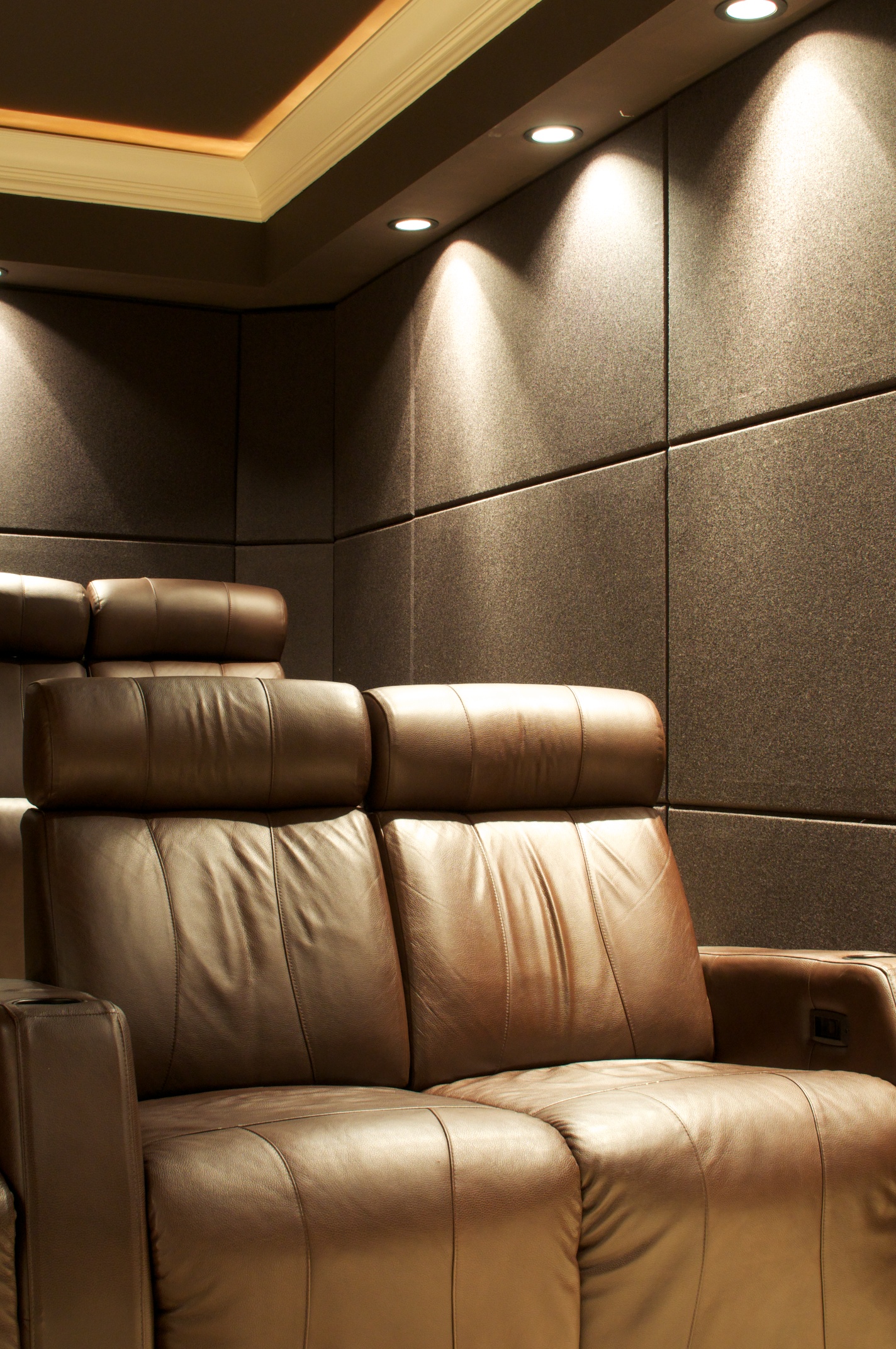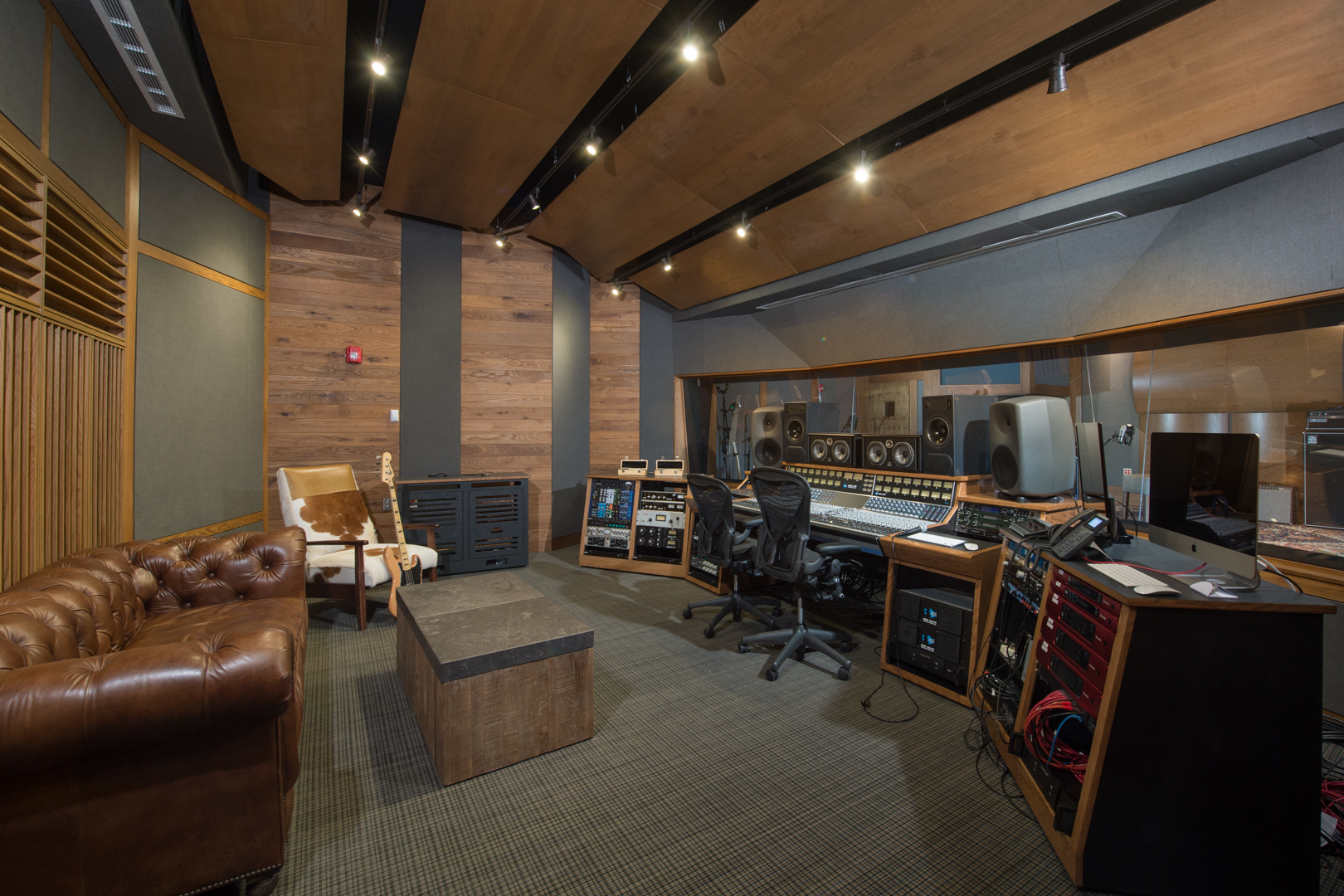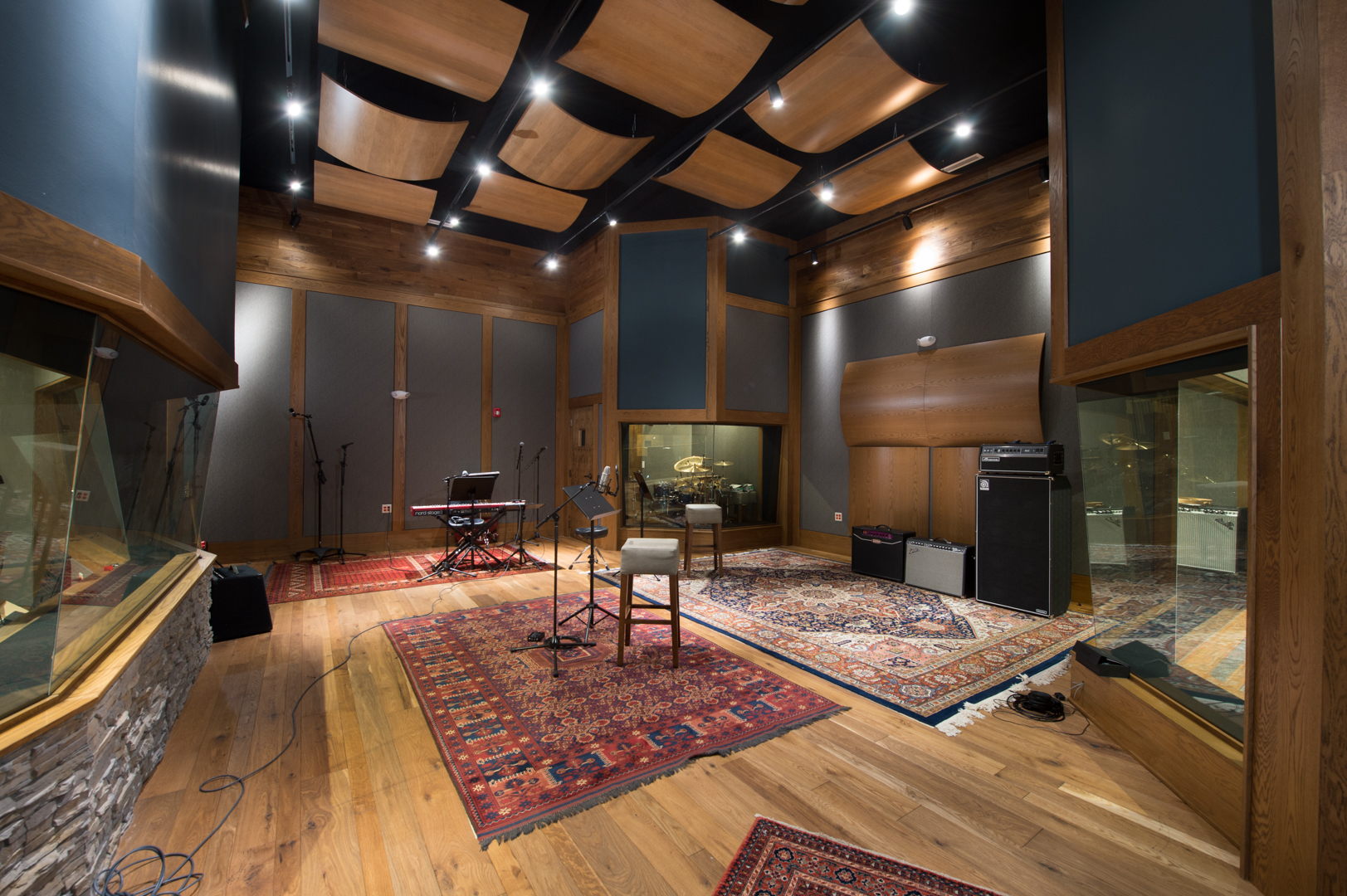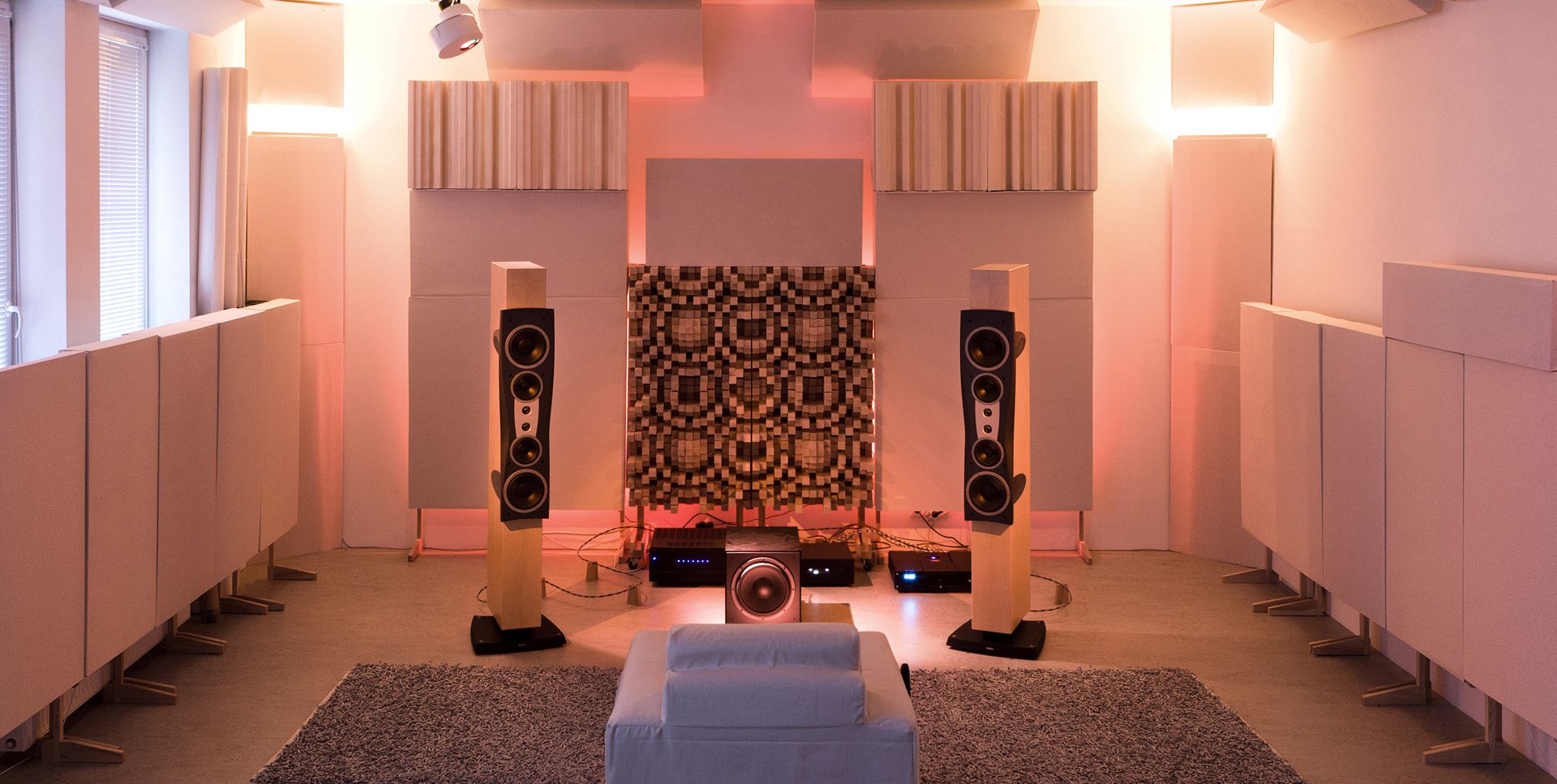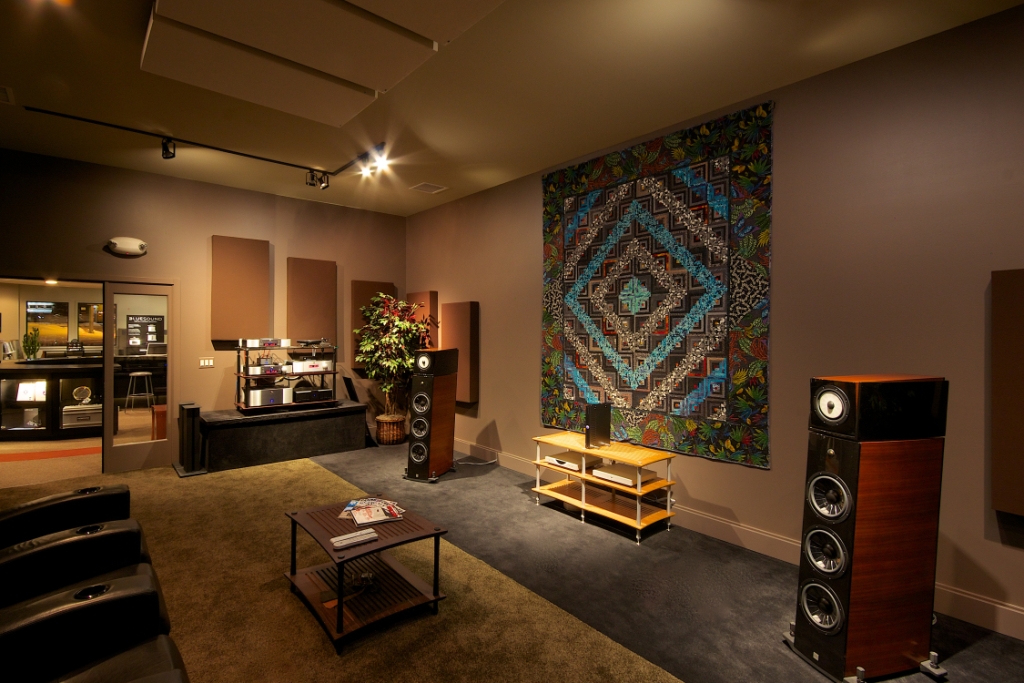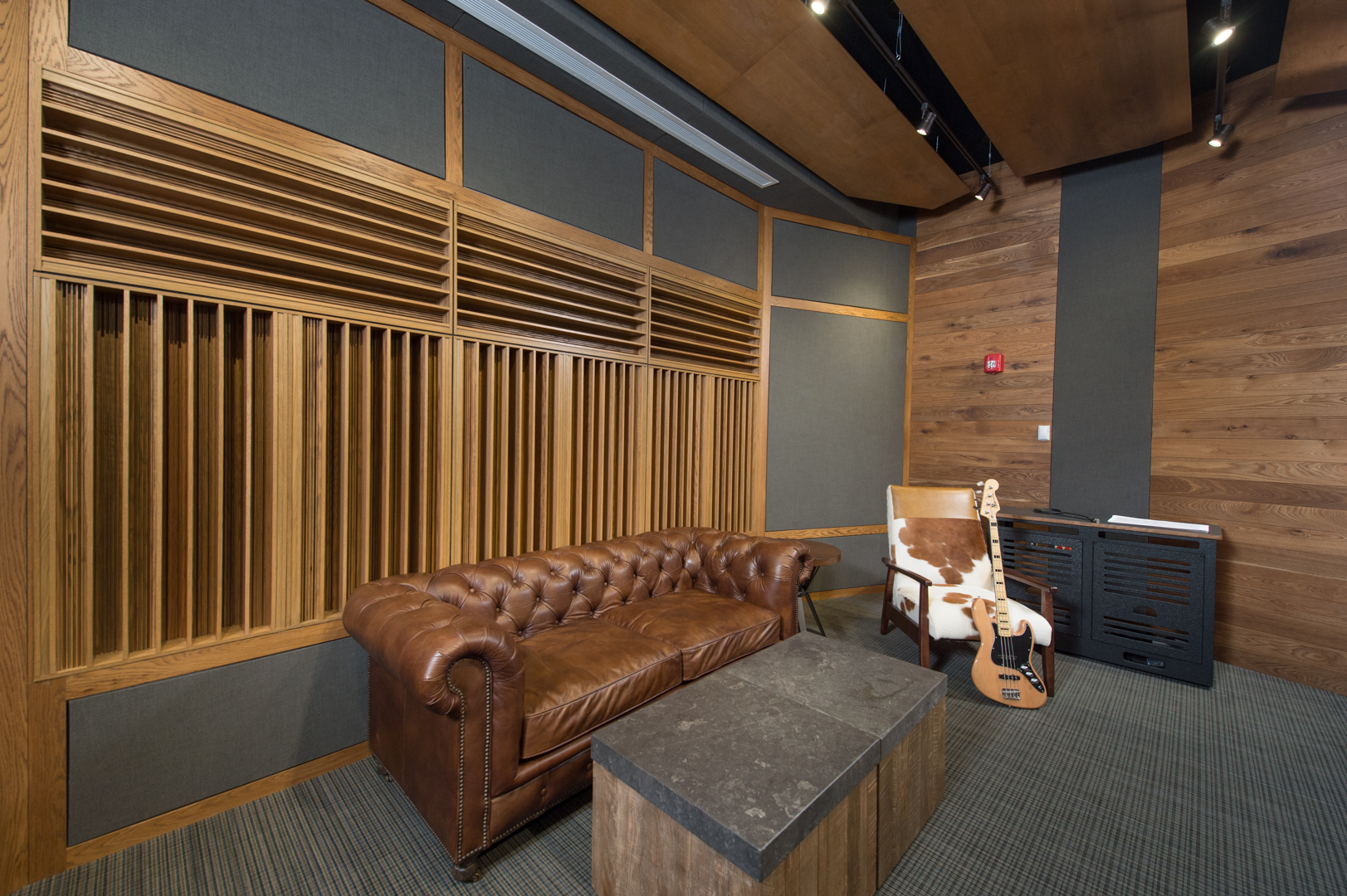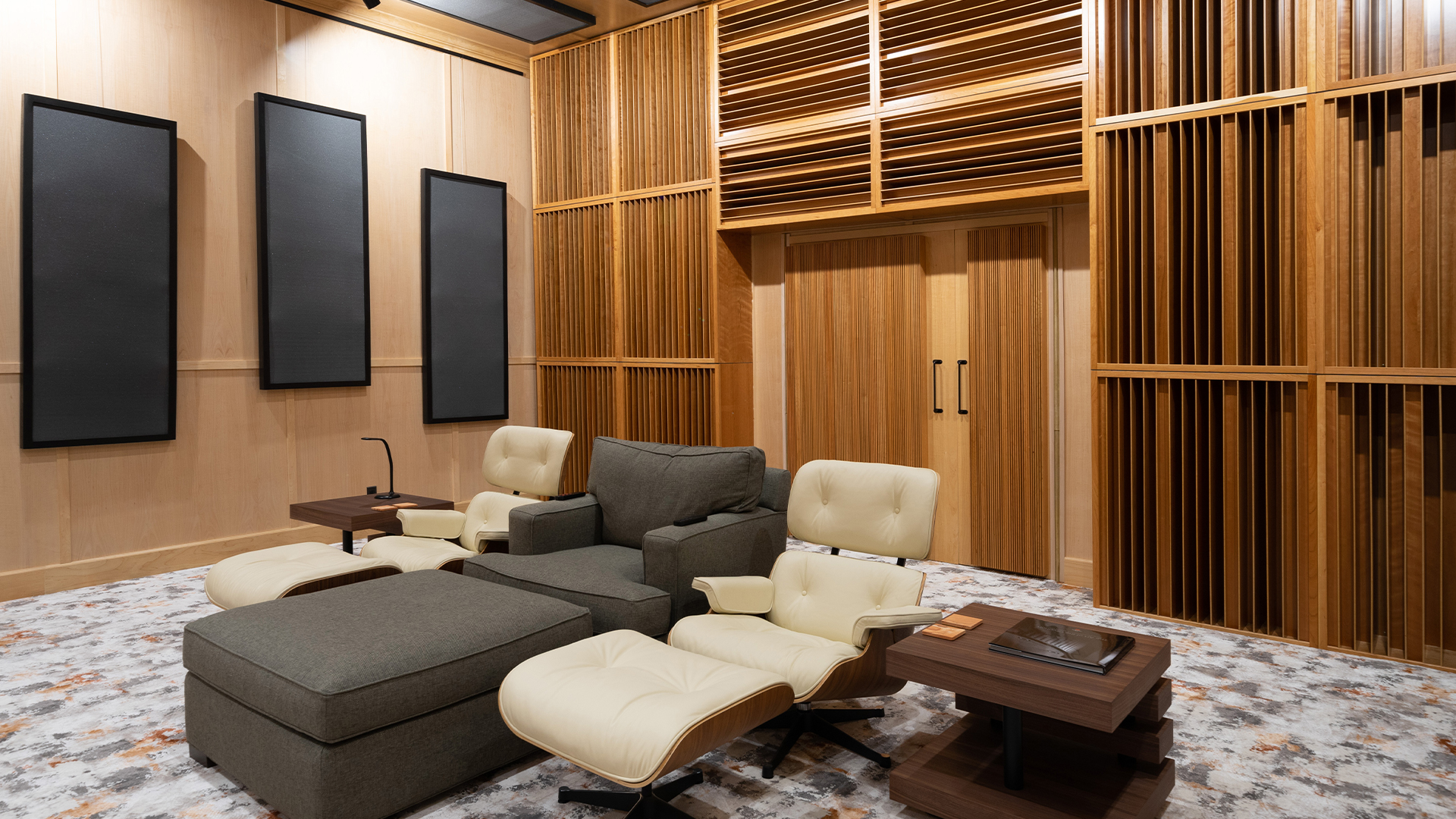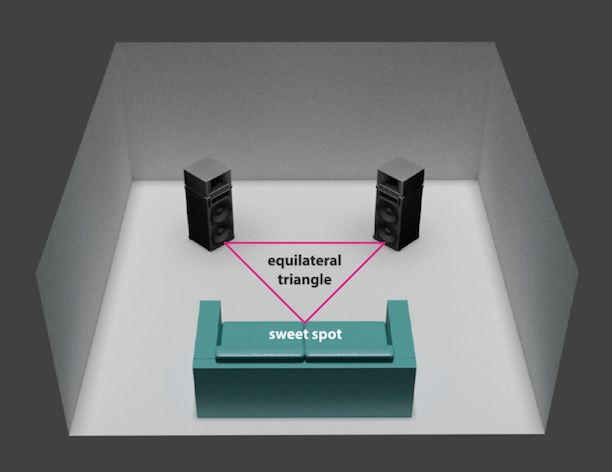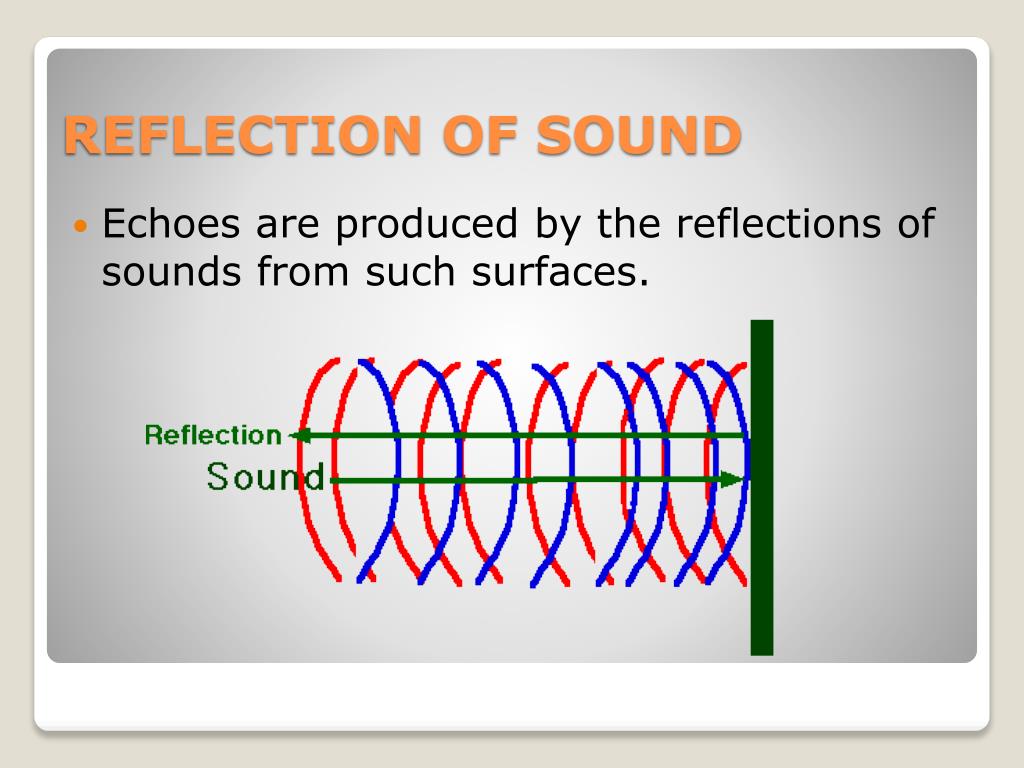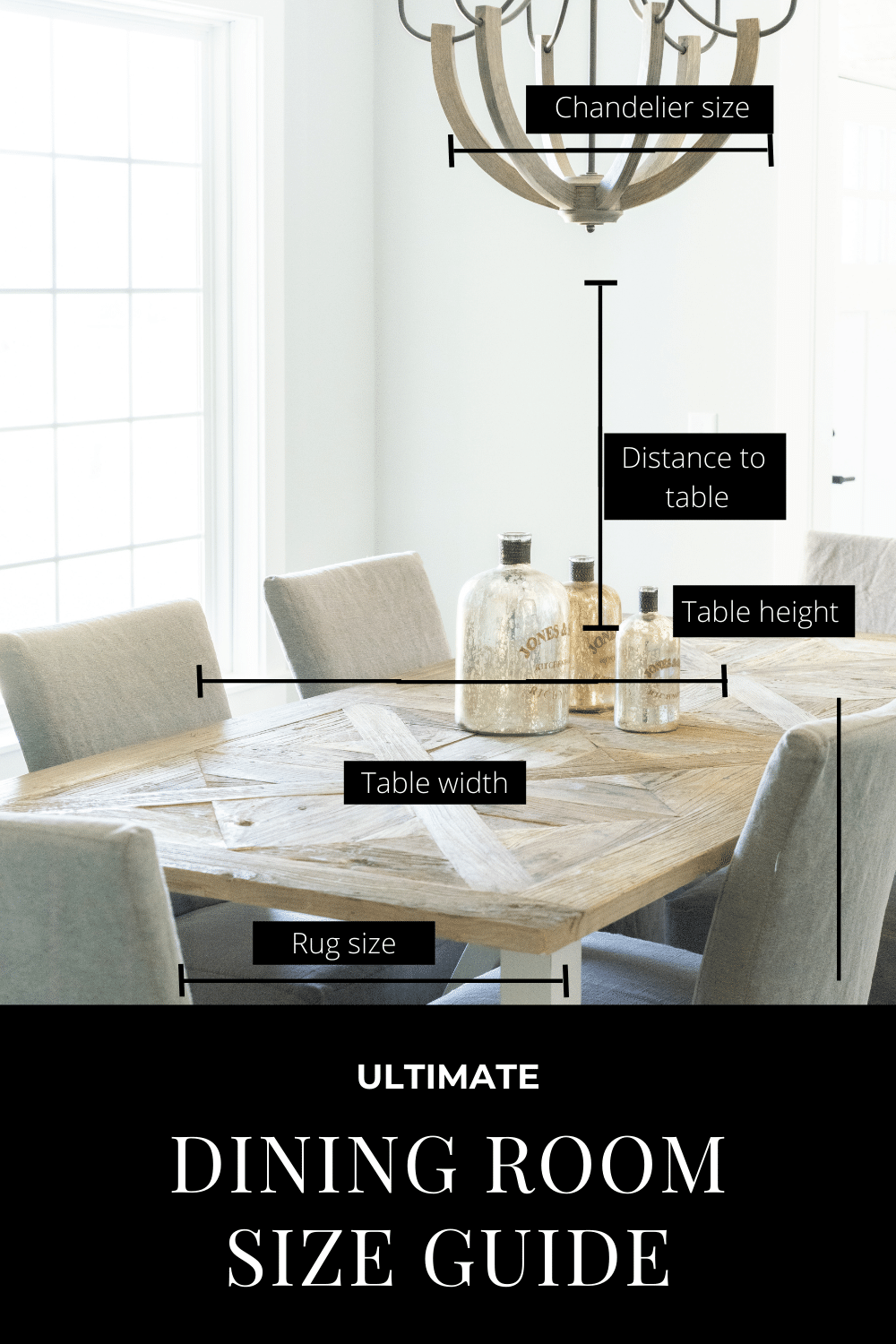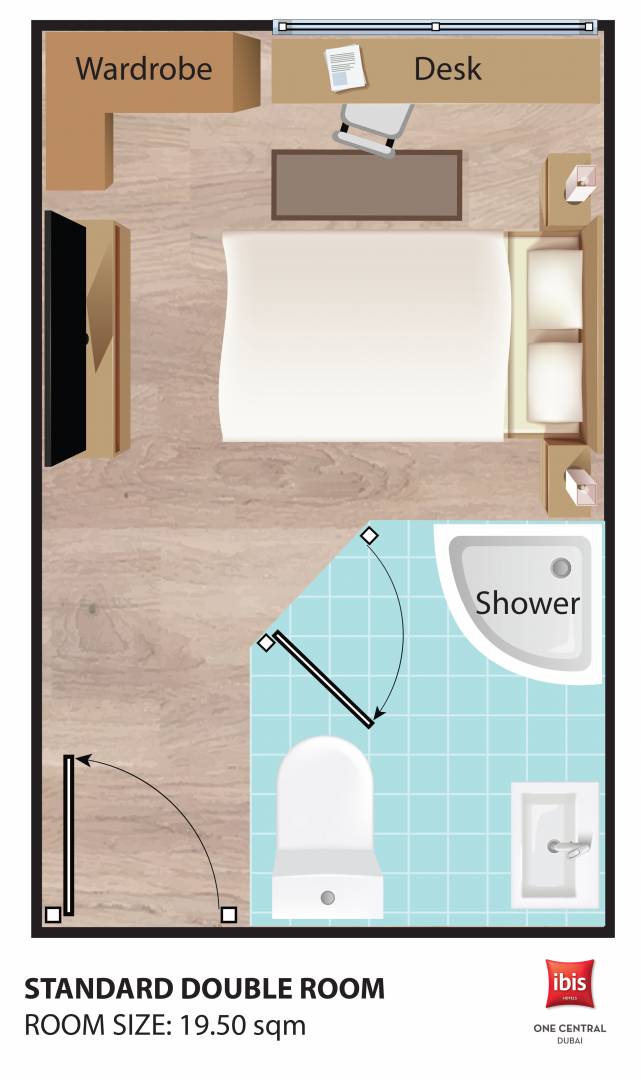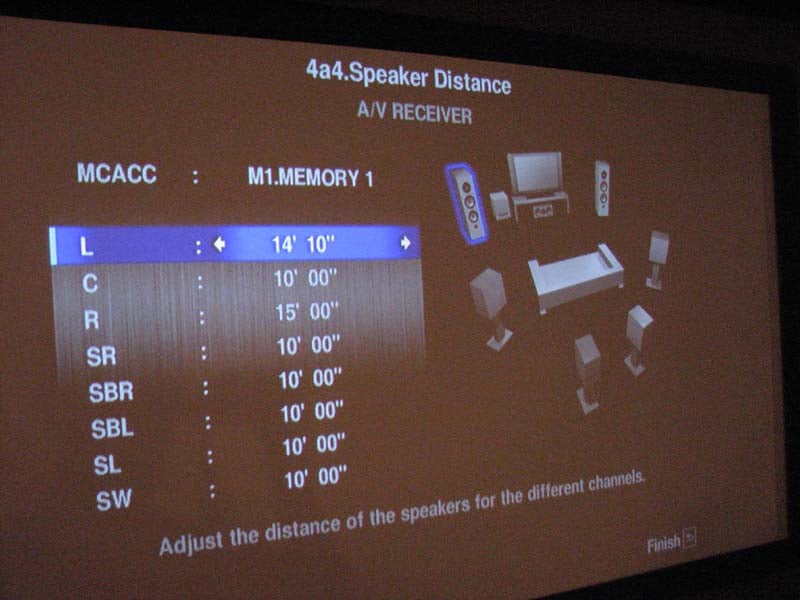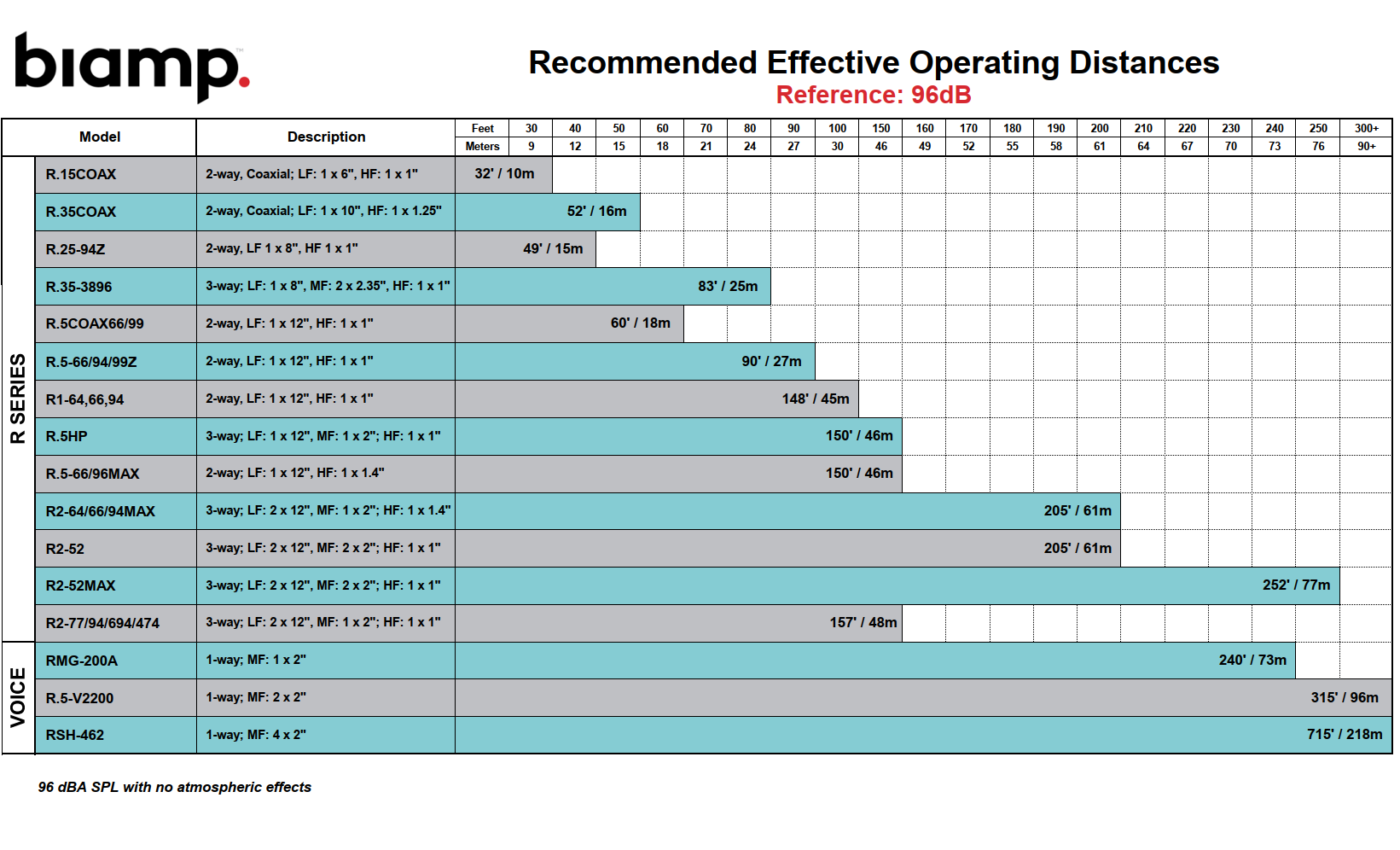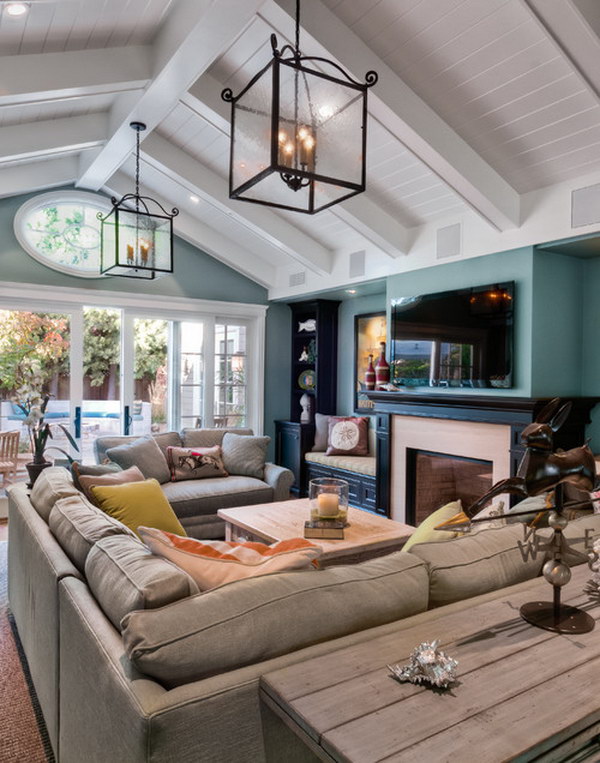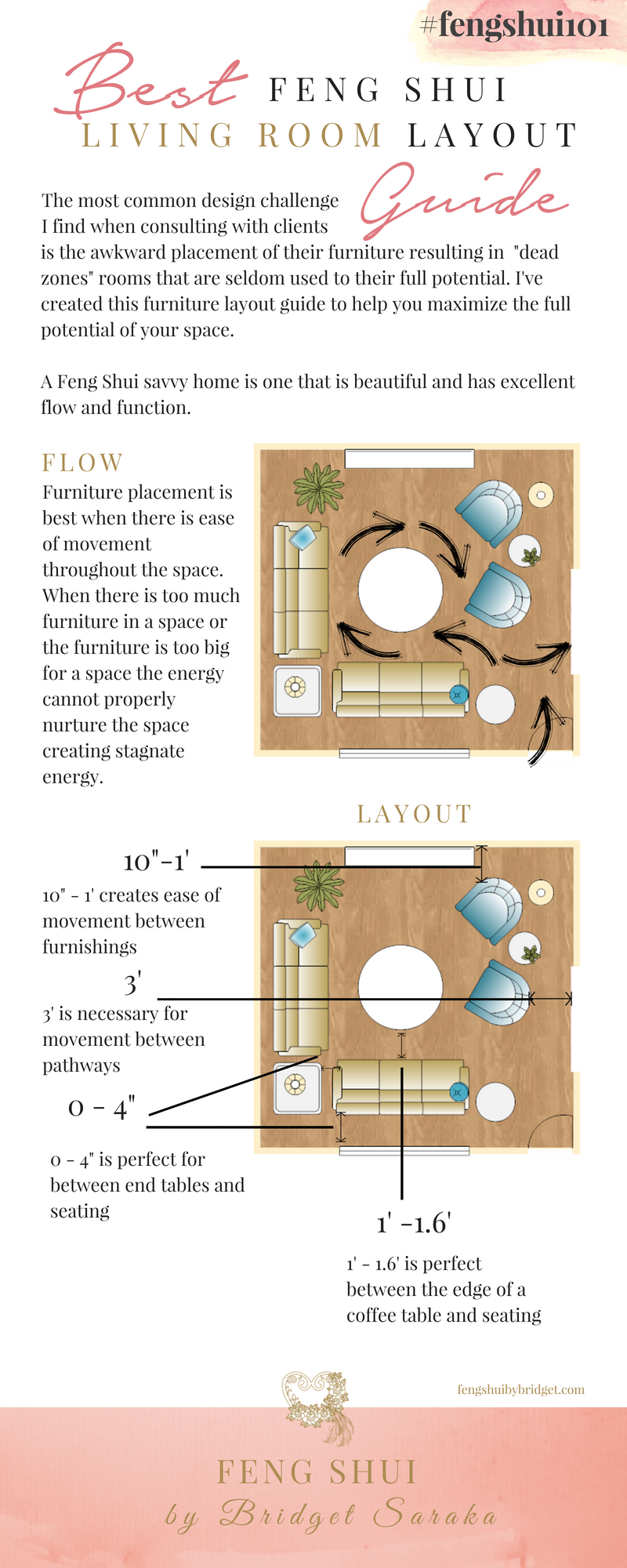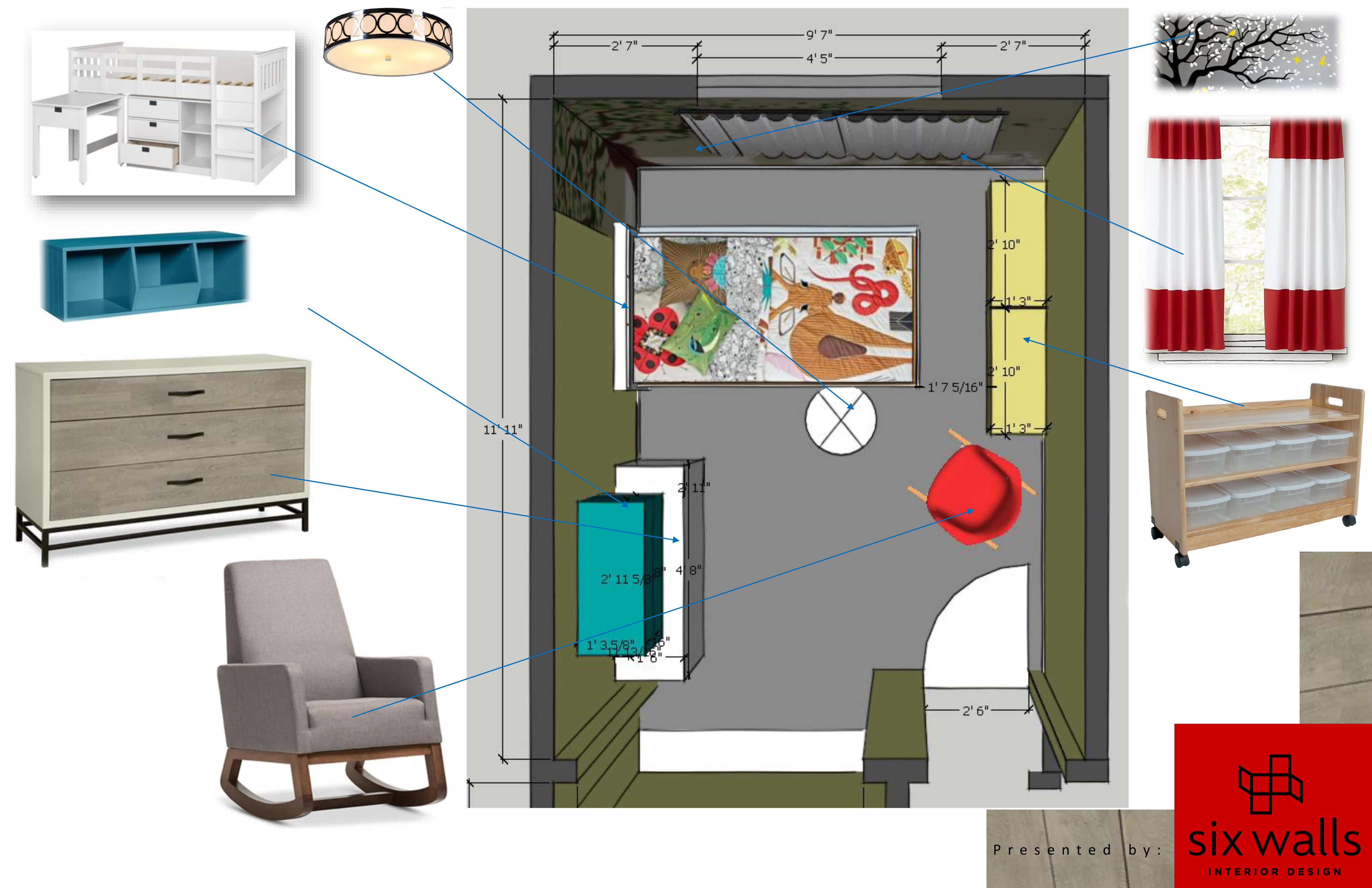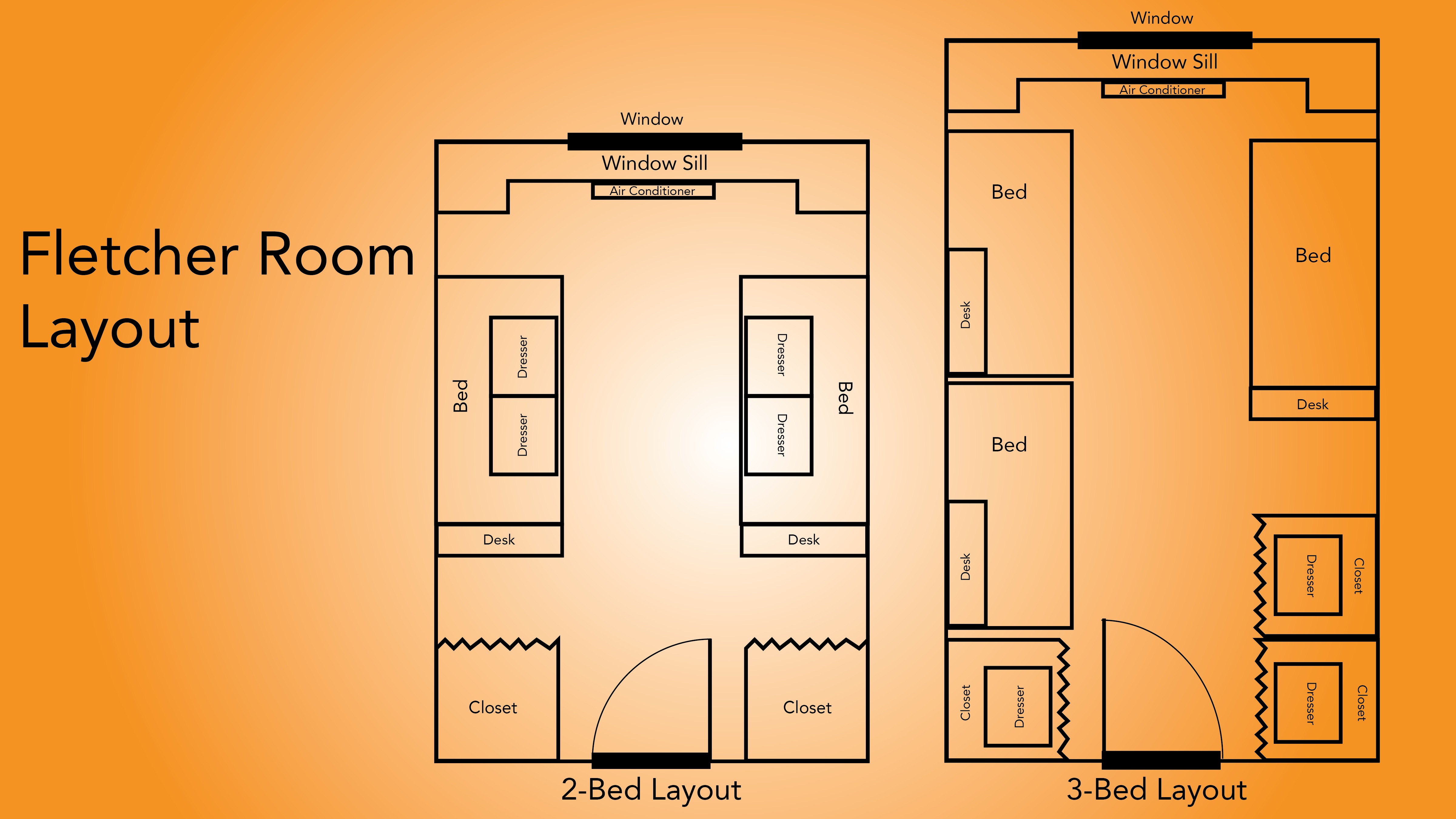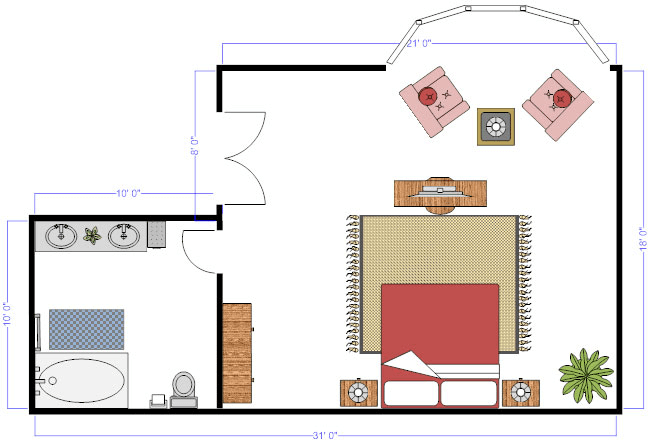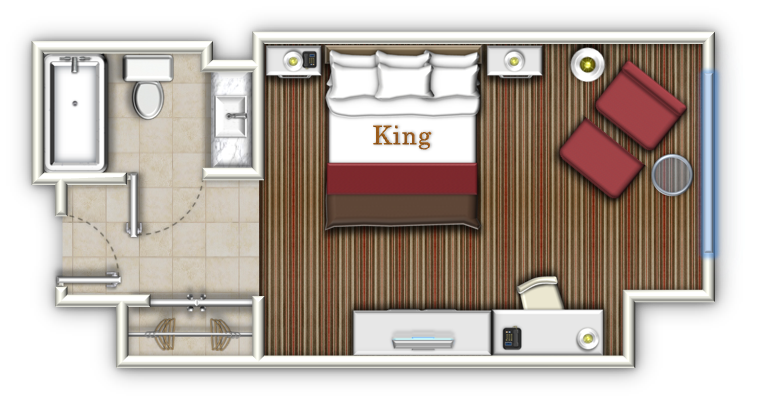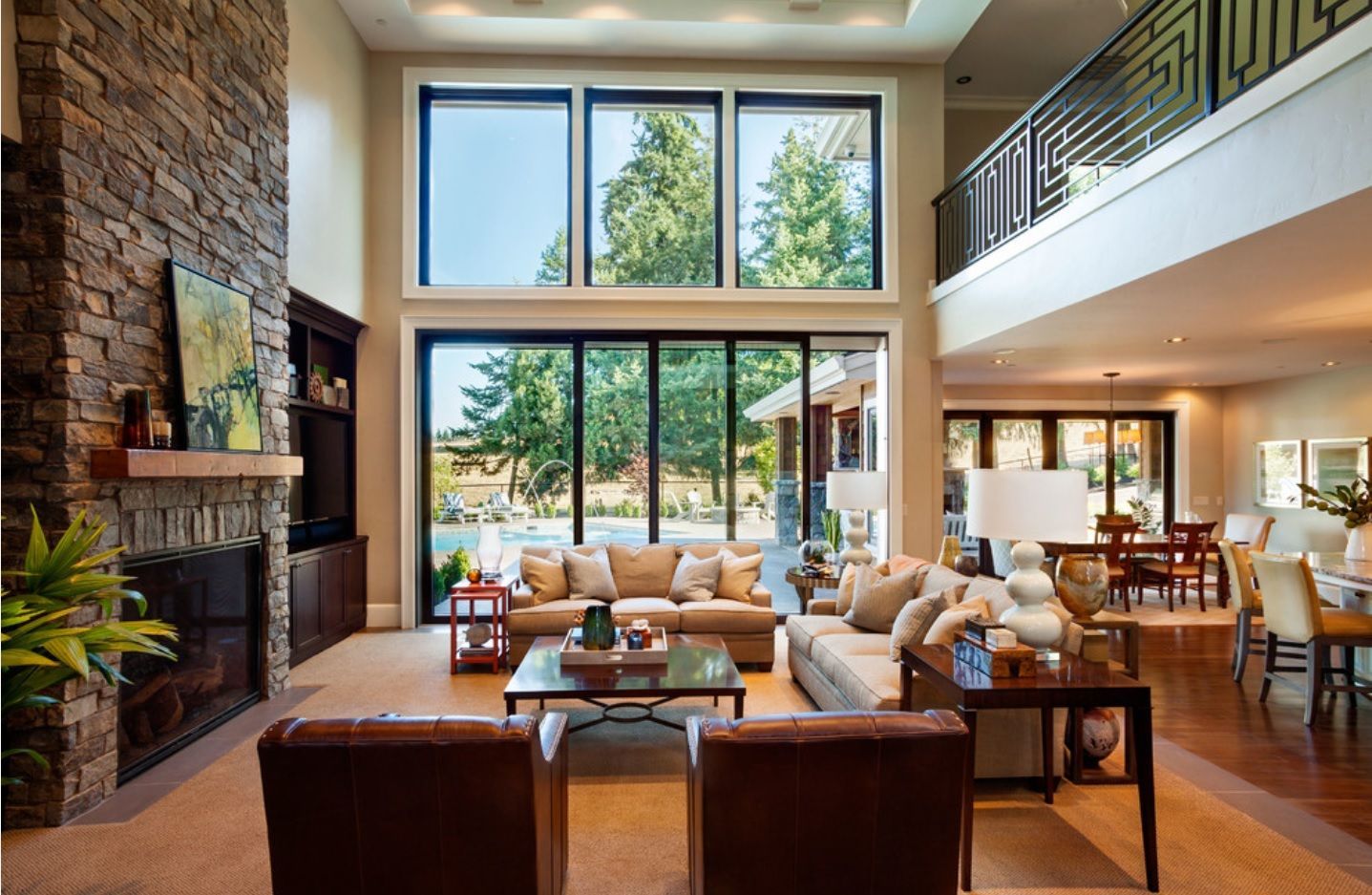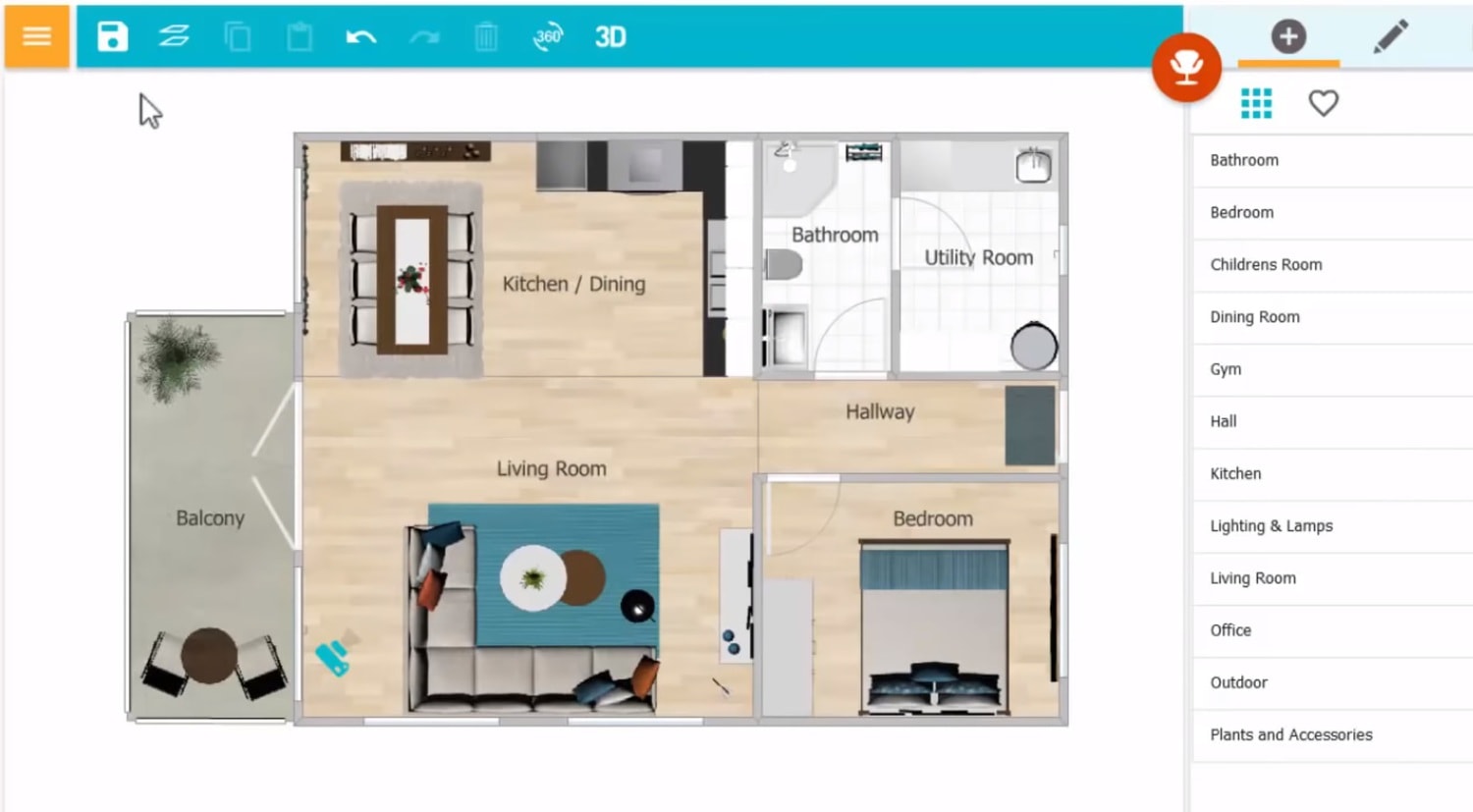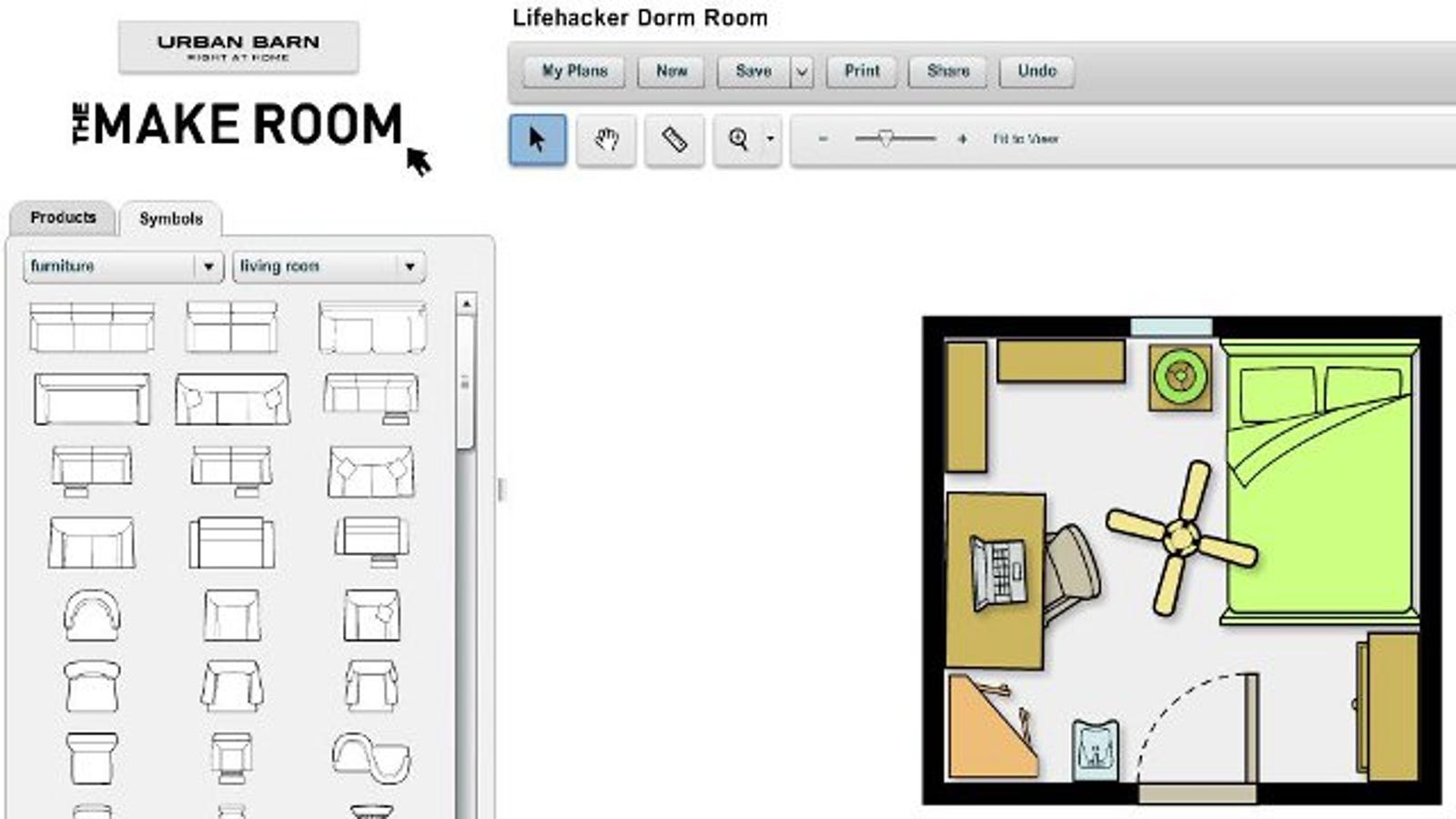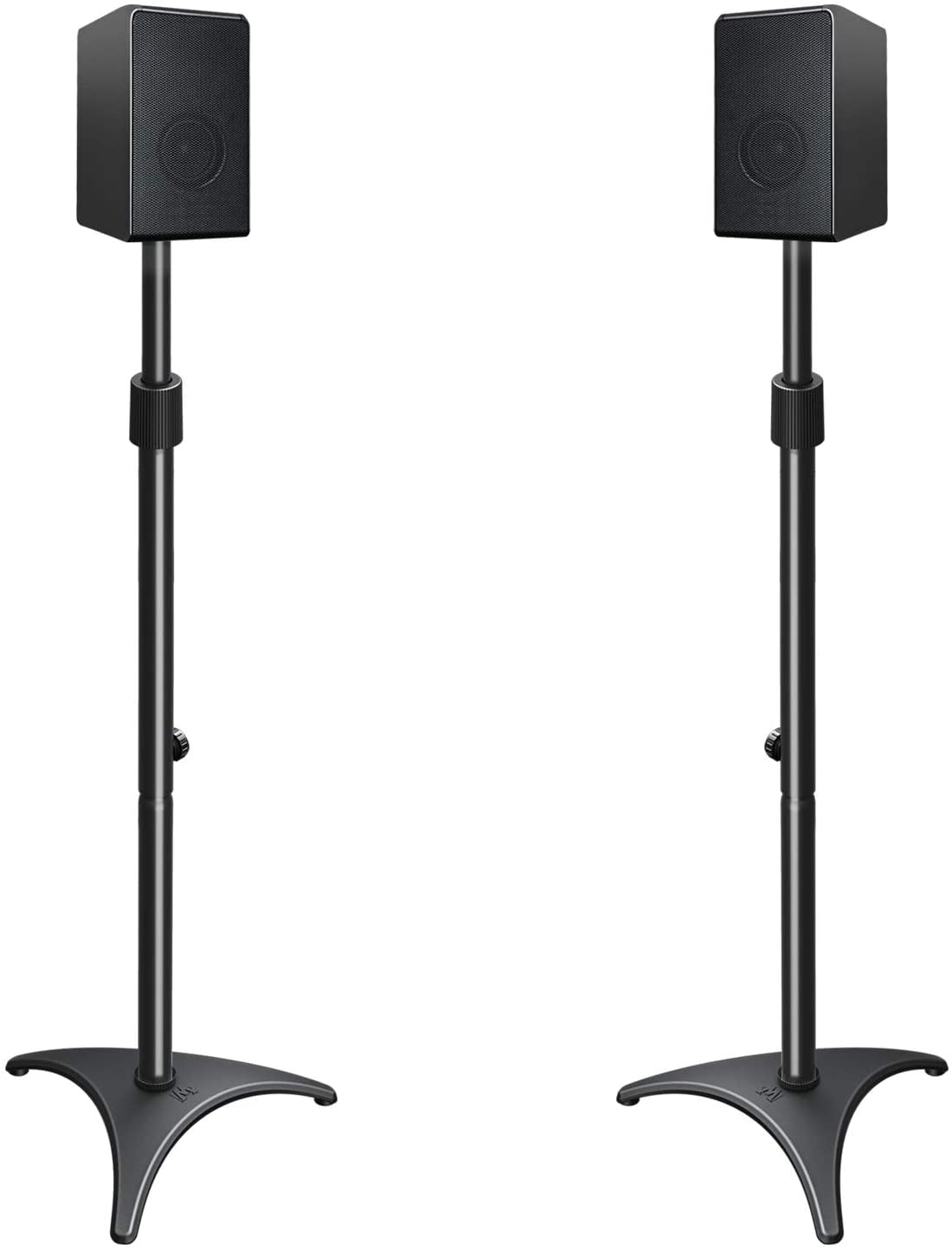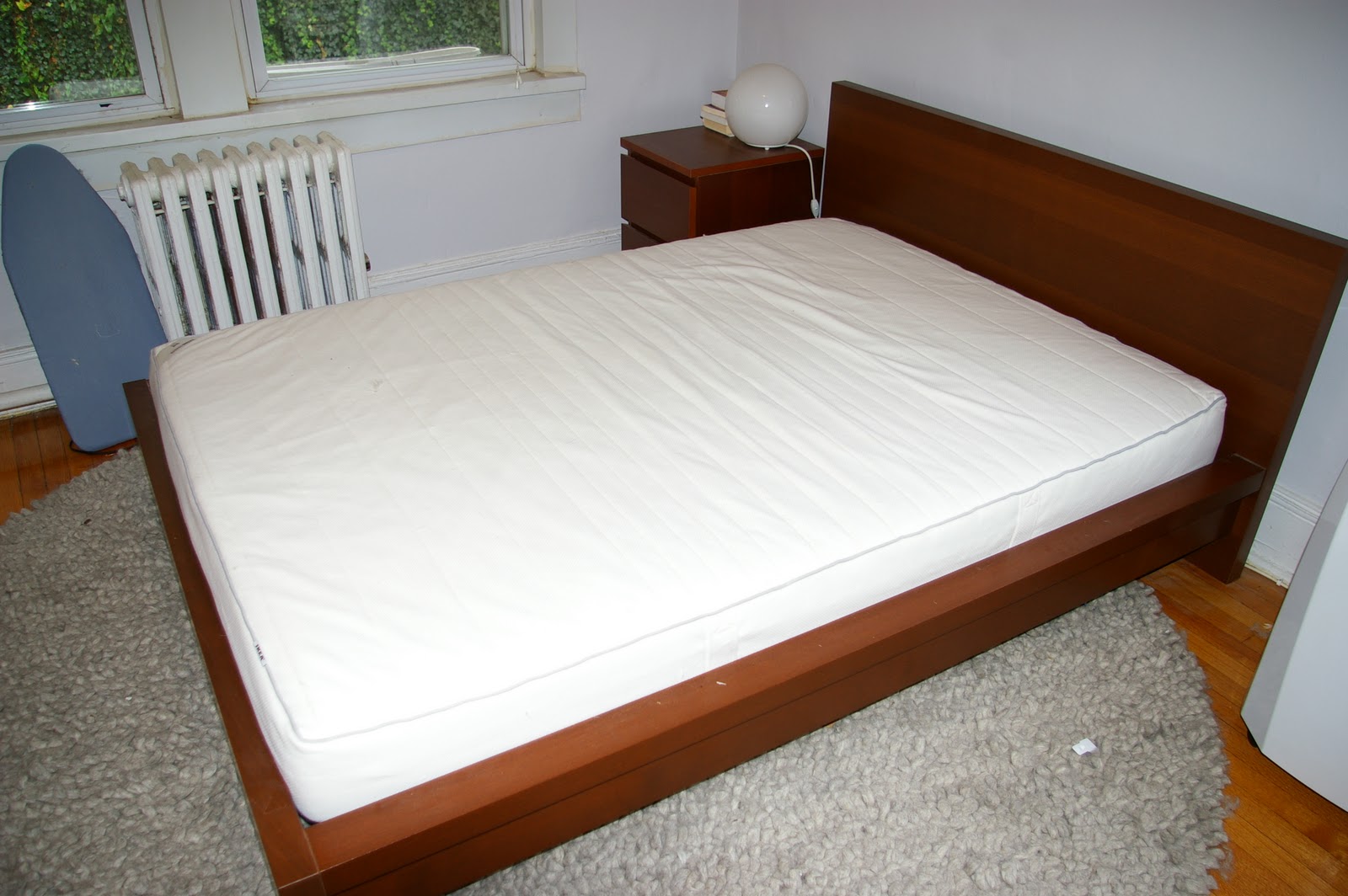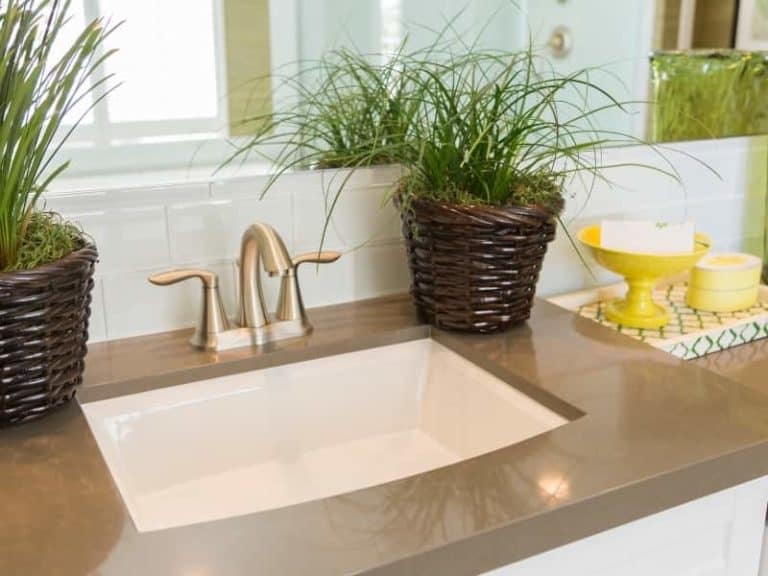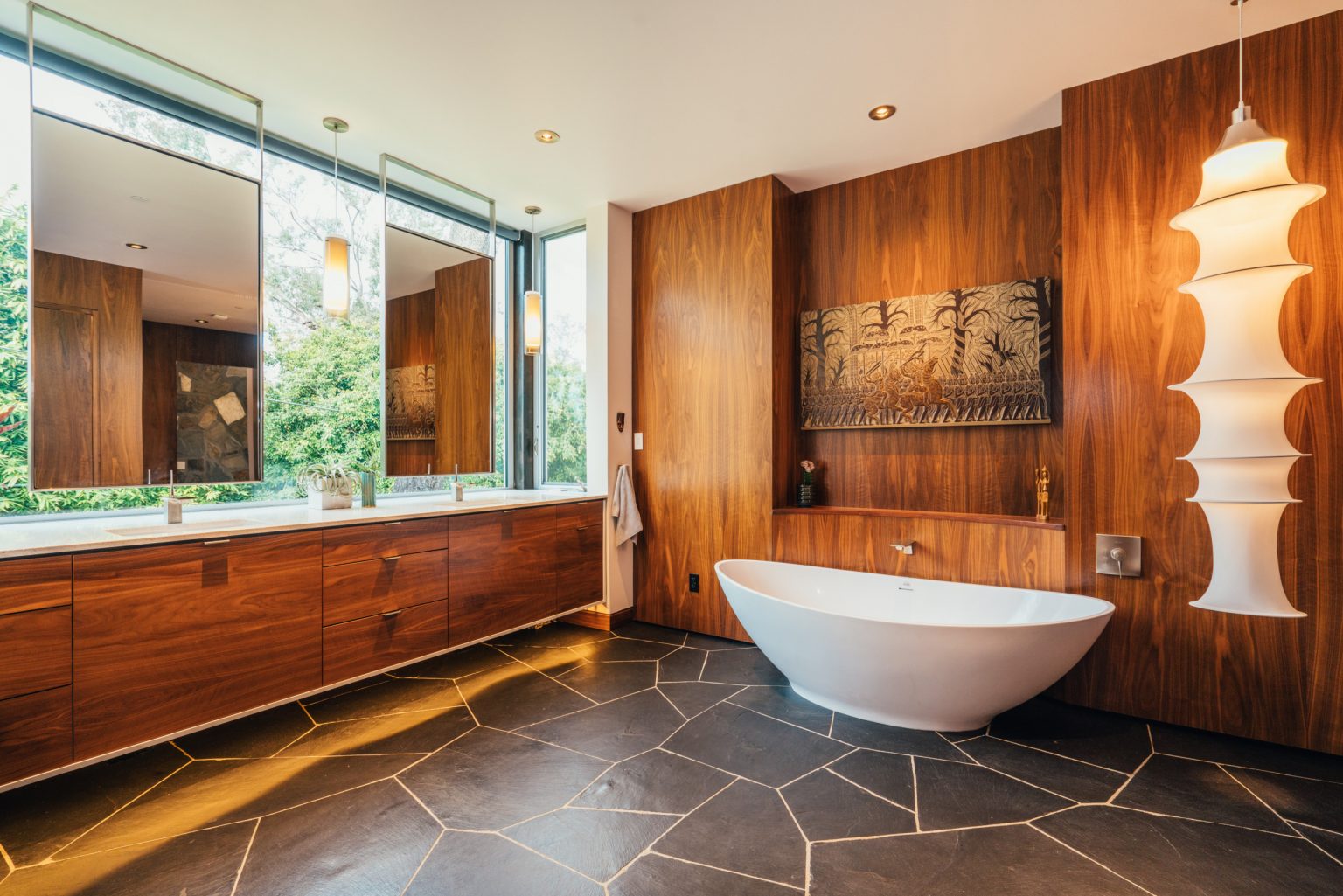When it comes to setting up a sound system in a long living room, speaker placement is key. The right placement can make all the difference in the sound quality and overall listening experience. It's important to consider factors such as room size, acoustics, and layout when determining the best placement for your speakers.1. Speaker Placement
Long living rooms present a unique challenge when it comes to speaker placement. With a longer distance between the speakers and the listening area, it's important to find a balance between sound quality and practicality. This can be achieved by strategically placing the speakers in the room.2. Long Living Room
Understanding the acoustics of your living room is crucial in determining the best speaker placement. Every room has its own unique sound characteristics, so it's important to take into consideration factors such as the type of flooring, furniture, and wall materials. These elements can affect sound reflection and absorption, ultimately impacting the overall sound quality.3. Room Acoustics
When it comes to speaker positioning, it's important to keep in mind the "rule of thirds." This means placing the speakers one-third of the length of the room from the front and side walls. This helps to create a balanced soundstage and minimize any unwanted sound reflections.4. Speaker Positioning
Sound reflections can greatly impact the quality of your sound system. To minimize unwanted sound reflections, it's important to avoid placing speakers too close to walls or in corners. This can cause sound to bounce around and create an echo effect. Instead, try placing speakers at least a foot away from walls or use acoustic panels to absorb sound reflections.5. Sound Reflection
The size of your living room will also play a role in speaker placement. In larger rooms, it may be necessary to have more powerful speakers or additional speakers to ensure the sound reaches all corners of the room. For smaller rooms, you may need to adjust the placement of the speakers to avoid overpowering the space with too much sound.6. Room Size
The distance between the speakers and the listening area is crucial in achieving optimal sound quality. The general rule of thumb is to have the speakers facing directly towards the listener, with a distance of at least 6 feet between them. This allows for a balanced soundstage and prevents the sound from being too concentrated in one area.7. Speaker Distance
The angle of your speakers can also affect the sound quality in a long living room. It's important to angle the speakers towards the listening area, typically at a 45-degree angle. This helps to create a wider soundstage and ensures that the sound is directed towards the listener rather than bouncing off of walls.8. Speaker Angle
The layout of your living room can also impact speaker placement. If your living room has an open concept, with the kitchen or dining area adjacent to the living room, it's important to consider how the sound will carry into those areas. Adjusting the angle and distance of the speakers can help to avoid overpowering the space with sound.9. Room Layout
The height of your speakers can also affect the sound quality in a long living room. Ideally, speakers should be placed at ear level for the listener. If your speakers are too low, the sound may not carry as well throughout the room. Consider using speaker stands to adjust the height if necessary. In conclusion, when it comes to speaker placement in a long living room, it's important to consider factors such as room acoustics, speaker position and angle, and the size and layout of the room. By taking these factors into consideration, you can achieve optimal sound quality and create an enjoyable listening experience in your living room. 10. Speaker Height
Optimizing Sound Quality in a Long Living Room
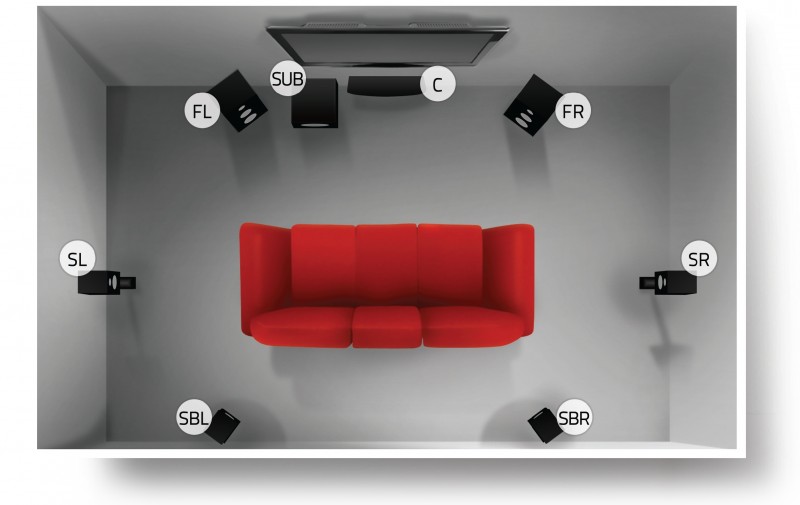
The Importance of Speaker Placement
 When it comes to designing the perfect living room, ensuring optimal sound quality is often overlooked. However, proper speaker placement can make all the difference in creating an immersive and enjoyable entertainment experience. In a long living room, where sound can easily become distorted or uneven, it is crucial to pay attention to the placement of speakers. Not only does this enhance the overall aesthetic of the room, but it also improves the performance of your sound system.
When it comes to designing the perfect living room, ensuring optimal sound quality is often overlooked. However, proper speaker placement can make all the difference in creating an immersive and enjoyable entertainment experience. In a long living room, where sound can easily become distorted or uneven, it is crucial to pay attention to the placement of speakers. Not only does this enhance the overall aesthetic of the room, but it also improves the performance of your sound system.
Positioning Your Main Speakers
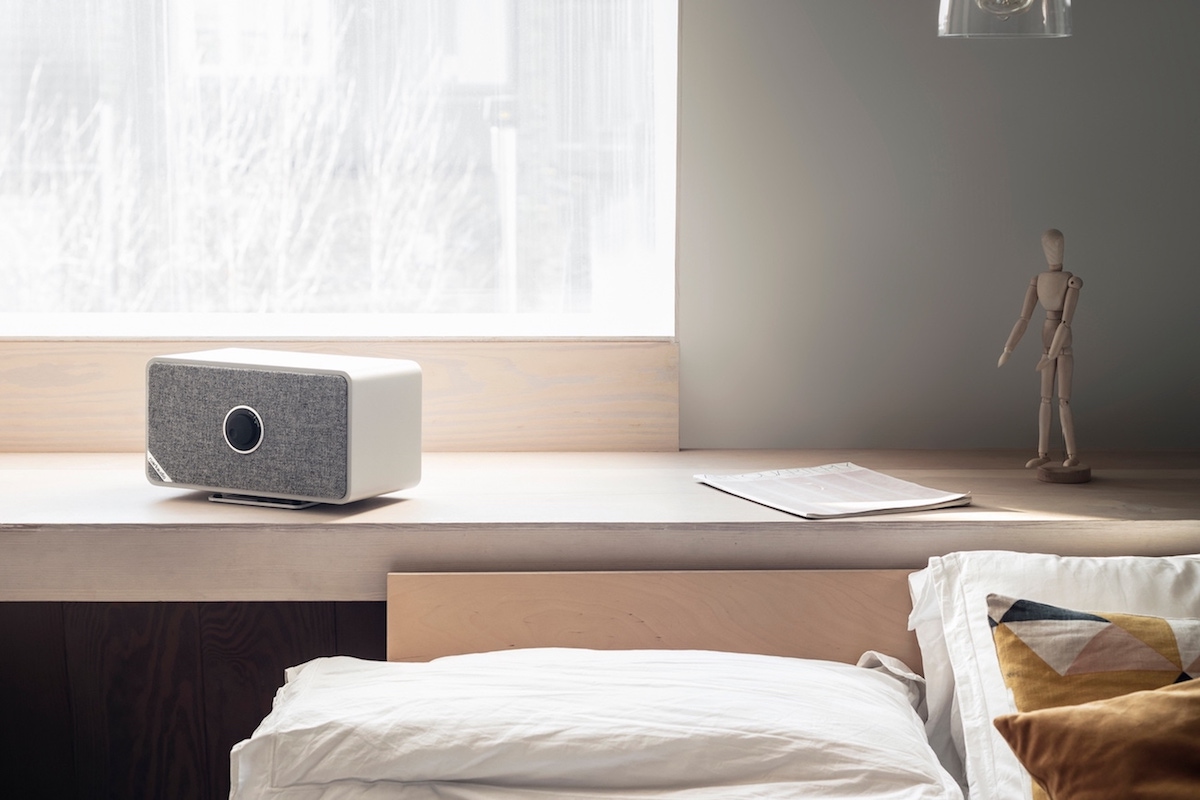 The first step in optimizing sound in a long living room is to determine the placement of your main speakers. These should be placed equidistant from each other and facing the center of the room. It is also important to position them at ear level, which is typically around 3-4 feet from the ground. This allows for a more balanced and natural sound distribution throughout the room.
Main keyword: speaker placement
The first step in optimizing sound in a long living room is to determine the placement of your main speakers. These should be placed equidistant from each other and facing the center of the room. It is also important to position them at ear level, which is typically around 3-4 feet from the ground. This allows for a more balanced and natural sound distribution throughout the room.
Main keyword: speaker placement
Consider the Acoustics of the Room
 In addition to the physical placement of the speakers, it is also essential to consider the acoustics of the room. Hard surfaces, such as walls and floors, can cause sound to bounce and create unwanted echoes. To combat this, add soft furnishings such as curtains, rugs, and upholstered furniture to absorb excess sound and create a more balanced audio environment.
Related keyword: acoustics
In addition to the physical placement of the speakers, it is also essential to consider the acoustics of the room. Hard surfaces, such as walls and floors, can cause sound to bounce and create unwanted echoes. To combat this, add soft furnishings such as curtains, rugs, and upholstered furniture to absorb excess sound and create a more balanced audio environment.
Related keyword: acoustics
Utilize Surround Sound
 For a truly immersive experience, consider incorporating surround sound into your living room design. This involves placing additional speakers at the sides and back of the room to create a 360-degree sound experience. However, be sure to follow the manufacturer's recommendations for optimal placement to achieve the best results.
Related keyword: surround sound
For a truly immersive experience, consider incorporating surround sound into your living room design. This involves placing additional speakers at the sides and back of the room to create a 360-degree sound experience. However, be sure to follow the manufacturer's recommendations for optimal placement to achieve the best results.
Related keyword: surround sound
Experiment and Adjust
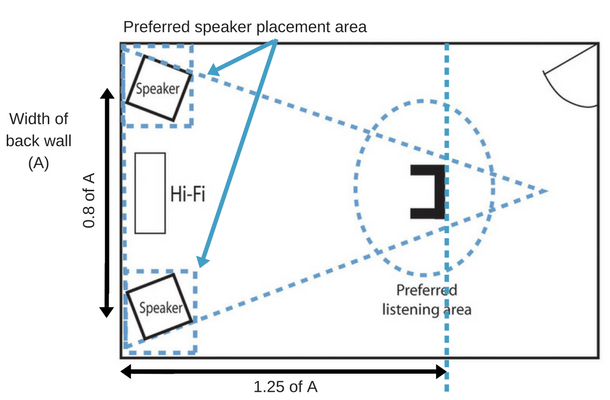 Every living room is unique, and the ideal speaker placement may vary depending on the layout and furnishings of the room. It is important to experiment with different placements and adjust as needed to find the perfect balance of sound. Consider using a sound meter or seeking the help of a professional to ensure the best possible audio quality.
Related keyword: adjust speaker placement
Every living room is unique, and the ideal speaker placement may vary depending on the layout and furnishings of the room. It is important to experiment with different placements and adjust as needed to find the perfect balance of sound. Consider using a sound meter or seeking the help of a professional to ensure the best possible audio quality.
Related keyword: adjust speaker placement
In Conclusion
 When it comes to speaker placement in a long living room, there are a few key factors to consider. From the physical placement of the speakers to the acoustics of the room, each element plays a significant role in achieving optimal sound quality. By following these tips and experimenting with different placements, you can create the perfect audio experience in your living room.
When it comes to speaker placement in a long living room, there are a few key factors to consider. From the physical placement of the speakers to the acoustics of the room, each element plays a significant role in achieving optimal sound quality. By following these tips and experimenting with different placements, you can create the perfect audio experience in your living room.
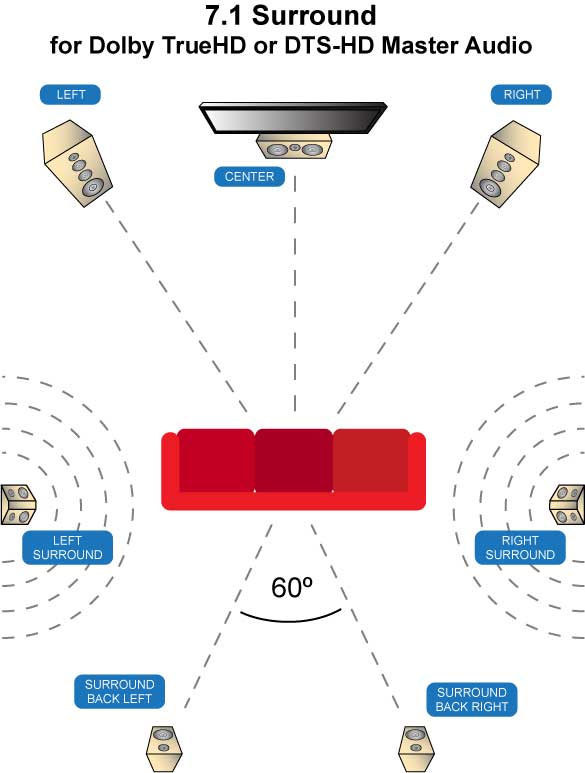


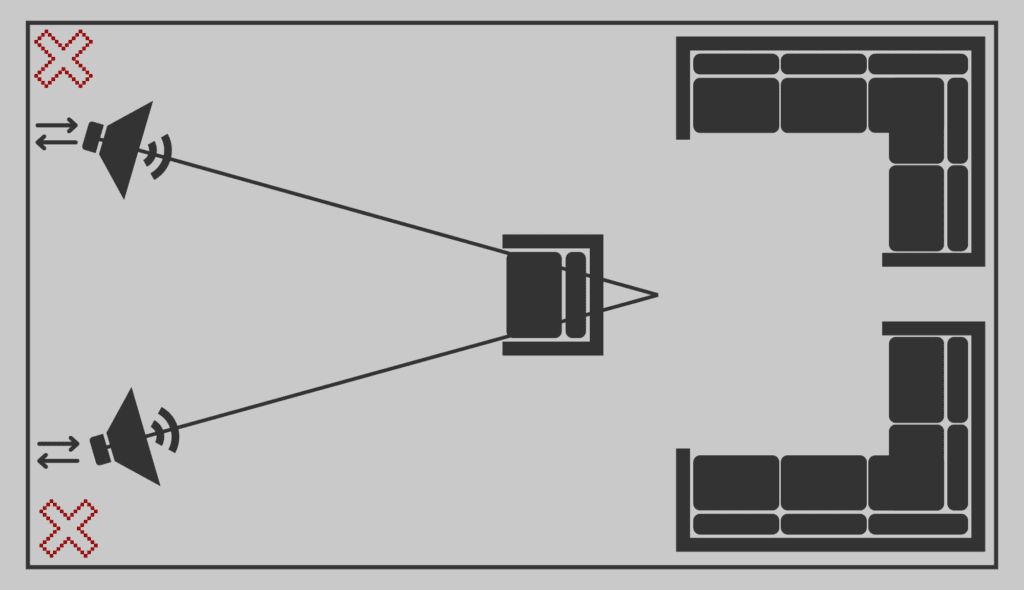


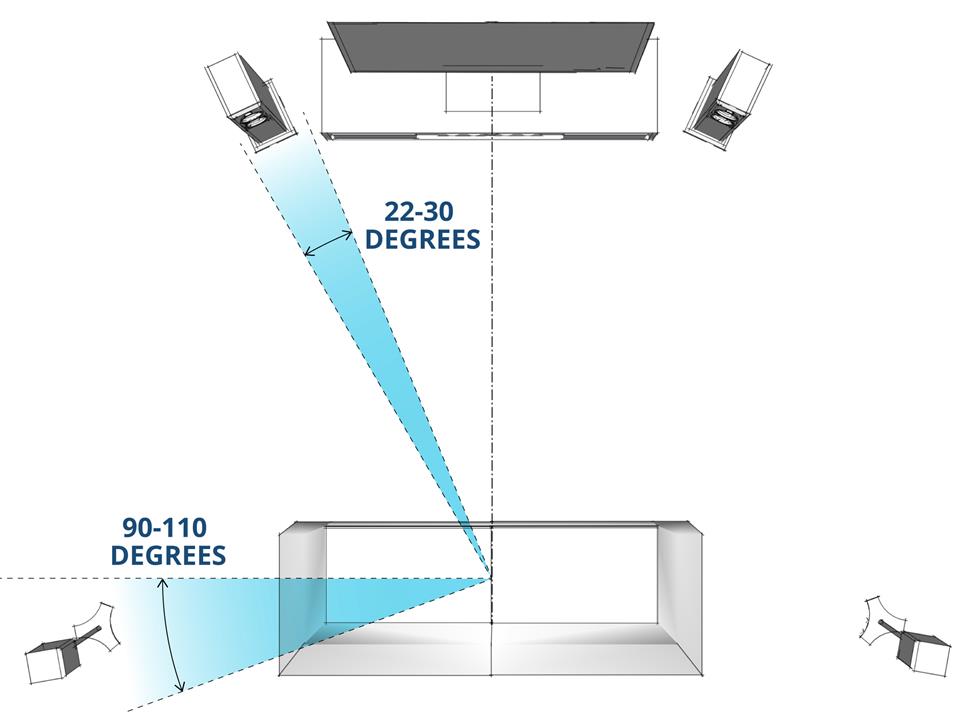
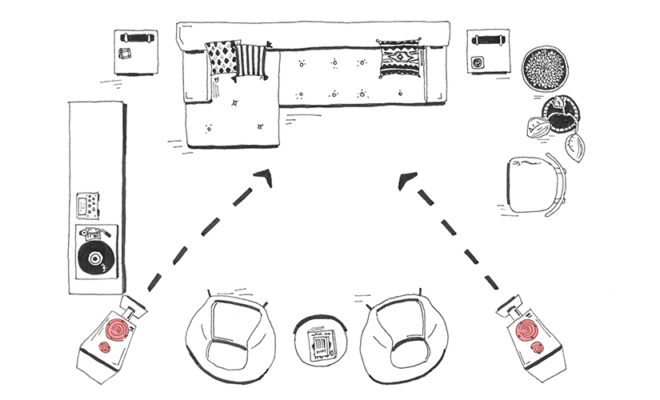

/speaker_placement_dia-5804ee9d3df78cbc2889b855.jpg)



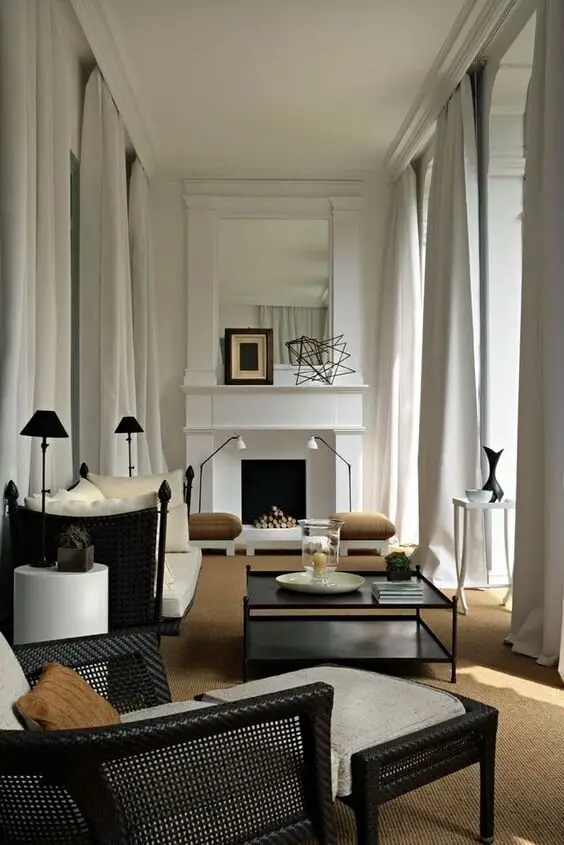
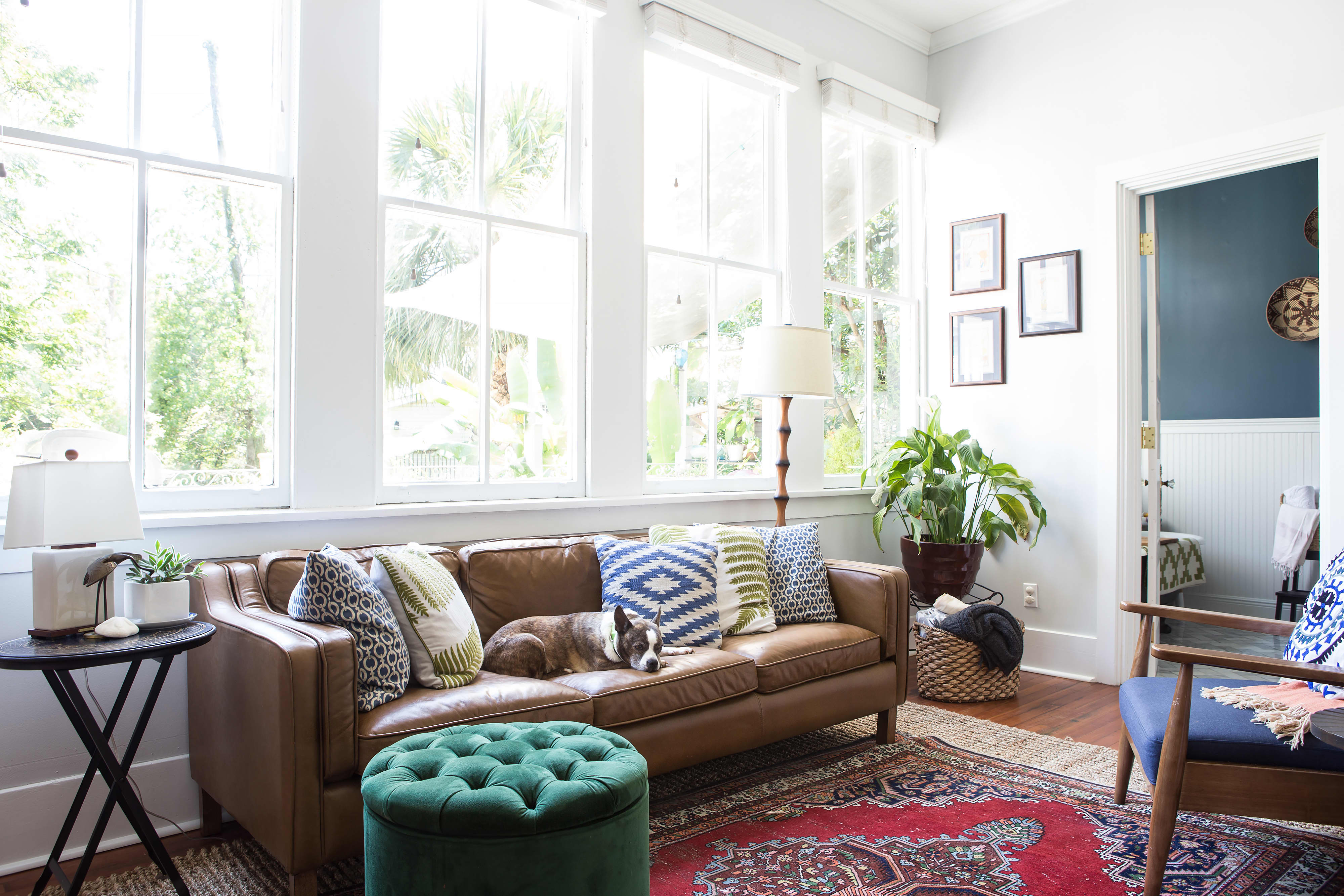

/Long-Narrow-Room-58b9bb943df78c353c2ddc07.jpg)


